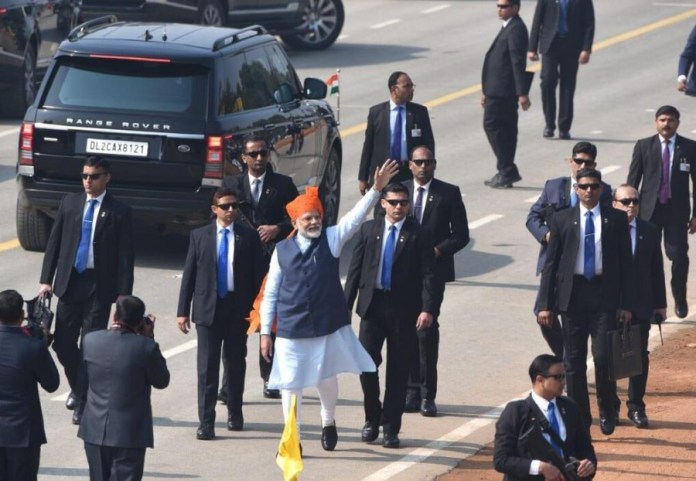Live Classes

An improved protocol for the PM’s travel, and a repurposing of the SPG might be necessary.
The lapse in Prime Minister Narendra Modi’s security arrangements, which left his convoy stranded on a flyover for around 20 minutes, near Ferozepur in Punjab on Wednesday is indeed a serious one as stated by the Union Home Ministry. But by quickly blaming the Punjab government and the State police, the Central functionaries triggered a blame game that has forestalled the possibility of a fair and credible inquiry into the incident. Two parallel inquiries have been announced, one by the Centre and another by the State, both of which are on hold until Monday when the Supreme Court of India will hear a plea on the issue. Discussions on national security are always surcharged in India but at least this one involving the personal security of the Prime Minister should have been more tempered. Union Ministers and Bharatiya Janata Party functionaries turned this into yet another loyalty test, and resorted to hyperbole. India takes the security of its Prime Minister very seriously. After all, a sitting Prime Minister, a former Prime Minister, and the leader revered as the father of the nation are among the list of the country’s assassinated leaders. The Special Protection Group (SPG), with an outlay of around ` 600 crore in 2020 and around 3,000 personnel has just one job — protect one person, the Prime Minister. The critical question that is to be probed is who made the decision that the Prime Minister could, and should, travel by road for more than 100 km, from Bathinda to Ferozepur and what inputs went into making that decision. Assuming that someone concluded that it was advisable for the Prime Minister to be on the road for nearly two hours, the process that preceded it must be probed. It was also decided that the Prime Minister should not be using a helicopter as was originally planned. The route was identified in advance as a contingency plan, but the decision to use it was made at the last moment — a version that both the State and Central governments agree on.
Download pdf to Read More